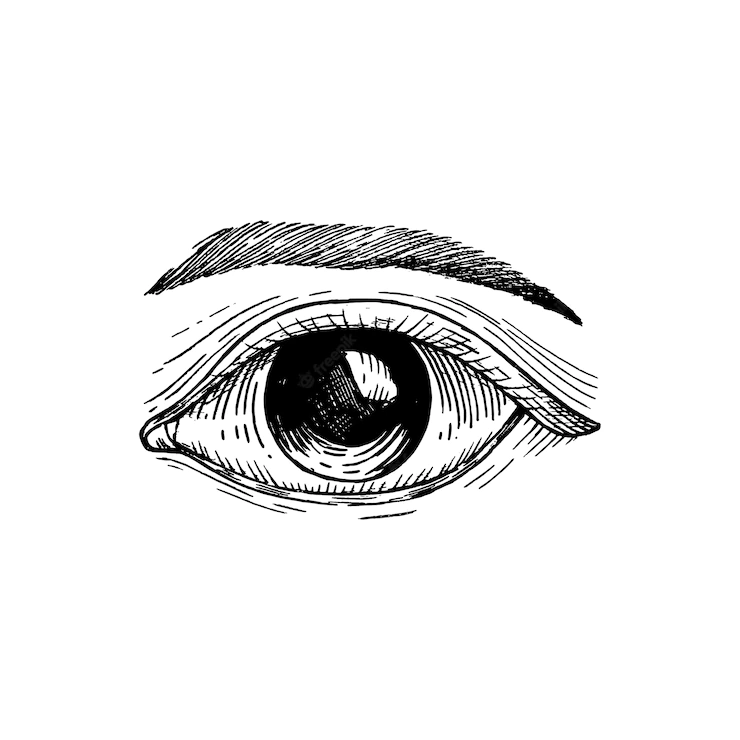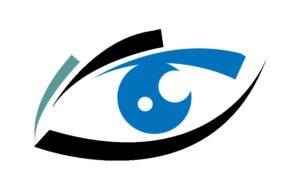Immediately before the procedure, an eye numbing drop is administered to prevent any discomfort during the procedure. The eye is positioned under the laser, and an instrument called a lid speculum is used to keep your eyelids open.
A suction ring is then applied to the front of the eye to prevent eye movements or loss of contact that could affect the quality of the corneal flap.
To access the cornea, a mechanical surgical tool called a microkeratome or a femtosecond laser is used to create a thin, circular flap in the cornea. The surgeon then folds back this hinged flap to access the stroma.
Then, an excimer laser is used to reshape the corneal stroma as per the previously done calculations done during diagnosis. This highly specialized laser uses a cool ultraviolet light beam to remove (“ablate”) microscopic amounts of tissue from the cornea to reshape it so it more accurately focuses light on the retina for better vision. After this the corneal flap is laid back in place, where it adheres to the corneal stroma without stitches. The laser treatment takes only few minutes.
After the surgery, one can go home after post operative examination. Patients can expect some blurry vision and haziness immediately after surgery; however, for most people, vision improves immediately and stabilizes within a few days.
Precautions recommendations and medication if any, may be advised. The doctor will provide date for follow-up check-up to test the vision.



